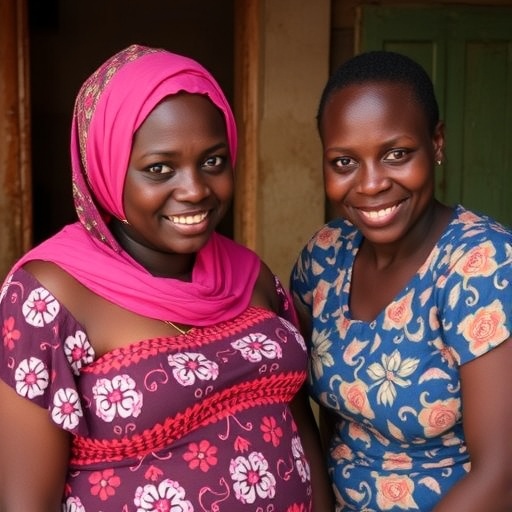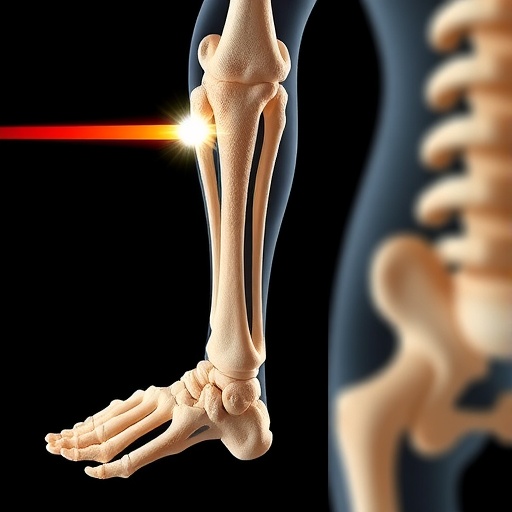
Credit: Dr Ashley Toye, University of Bristol
The provision of blood for patients who require repeated blood transfusions, as well as for individuals with rare blood types, presents an enormous challenge to transfusion services worldwide. While most people can safely receive a blood transfusion from donated blood, patients with blood disorders such as thalassemia or sickle cell disease require frequent transfusions. With repeated transfusion, patients eventually develop an immune response to all but the most specifically matched donor blood due to incompatibility at the level of minor blood group antigens.
Using CRISPR-Cas9 mediated gene editing, the team of scientists based at the NIHR Blood and Transplant Research Unit (NIHR BTRU) in red cell products, BrisSynBio Centre and NHS Blood and Transplant in Bristol created individual cell lines in which specific blood group genes were altered to prevent the expression of blood group proteins that can cause immune reactions.
Building on this gene-editing approach, the team then went on to produce cells that combined the deletion of multiple blood groups in a single cell line that could be differentiated to generate functional novel red blood cells with extremely broad transfusion compatibility. Transfusions of red blood cells edited to improve compatibility could provide better treatments for those patients whose clinical needs are difficult to meet.
This study, published this week in the prestigious EMBO Molecular Medicine journal provides the first proof of principle demonstration that gene editing can be used in combination with laboratory culture of red blood cells to generate rare or customised red blood cells for patients with specific needs. Whilst the authors are keen to stress the many challenging technical obstacles that must be overcome before this approach could be translated to a clinical product, the work does provide an exciting window into the possible applications of red blood cells produced from gene edited cell lines.
Dr. Ashley Toye Director of the Bristol NIHR BTRU said: "Blood made using genetically edited cells could one day provide compatible transfusions for a group of patients for whom blood matching is difficult or impossible to achieve within the donor population. However, much more work will still be needed to produce blood cells suitable for patient use."
###
Enhancement of red blood cell transfusion compatibility using CRISPR-mediated erythroblast gene editing J. Hawksworth, T.J. Satchwell, M. Meinders, D.E. Daniels, F. Regan, N.M. Thornton, M.C. Wilson, J.G.G Dobbe, G.J. Streeska, K. Trakarnsanga, K. Heesom, D.J. Anstee, J. Frayne and A.M. Toye
Media Contact
Shona East
[email protected]
01-173-940-160
@BristolUni
http://www.bristol.ac.uk
Related Journal Article
http://dx.doi.org/10.15252/emmm.201708454




